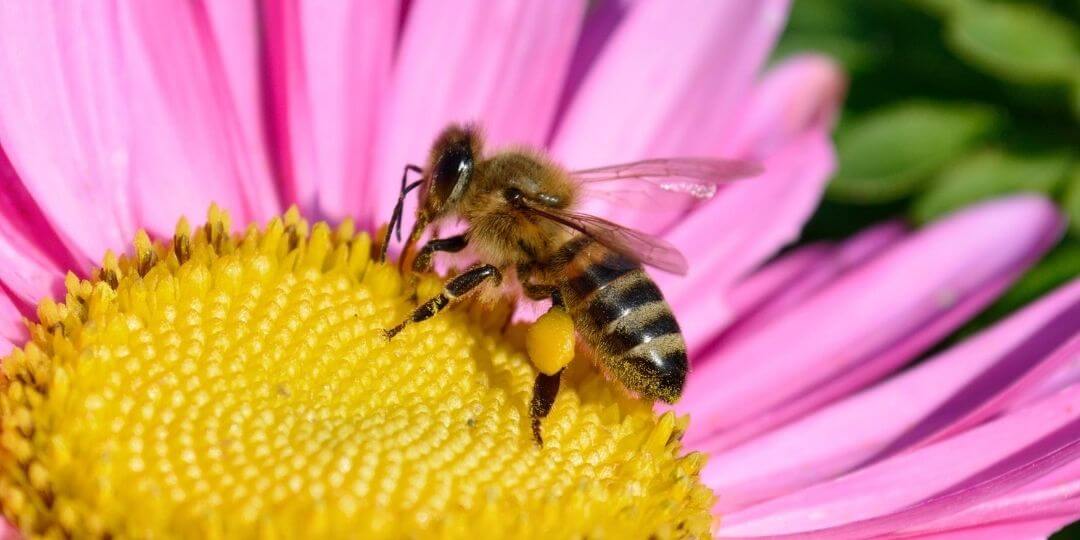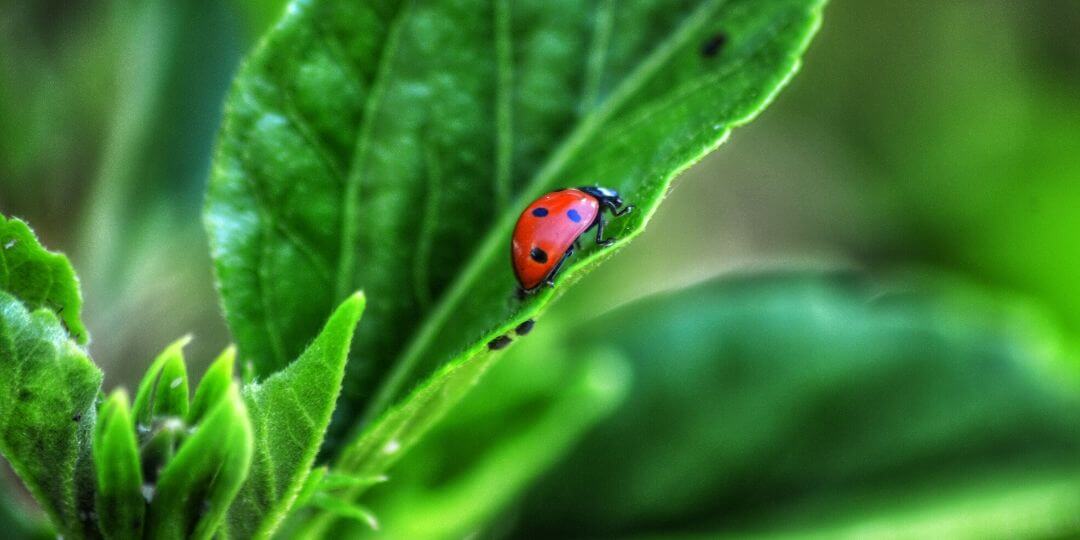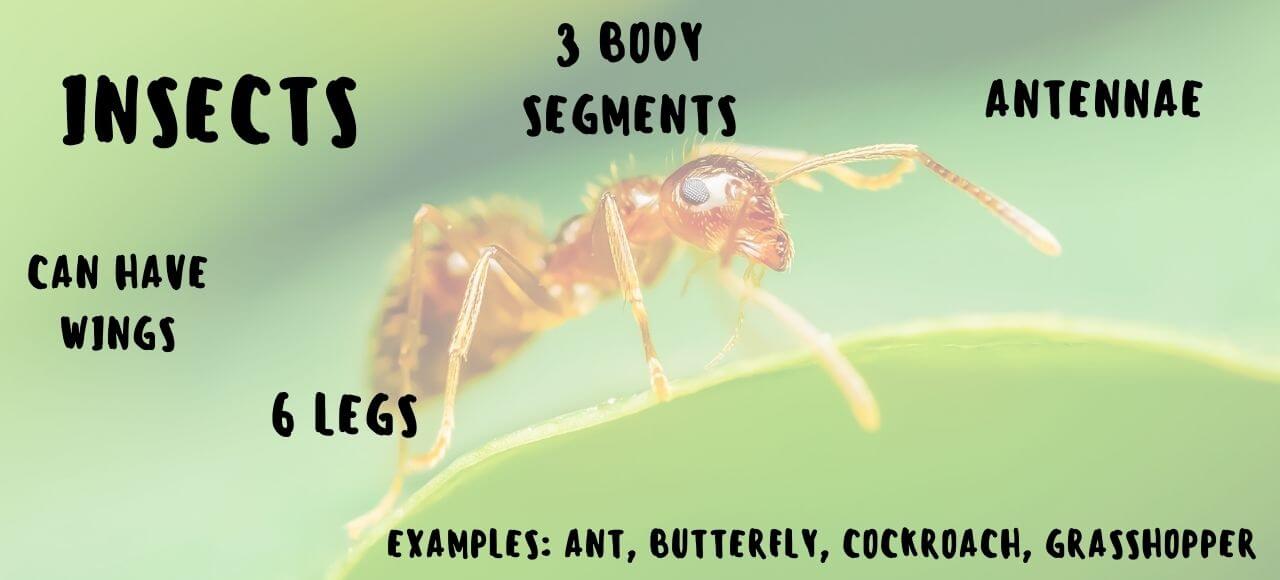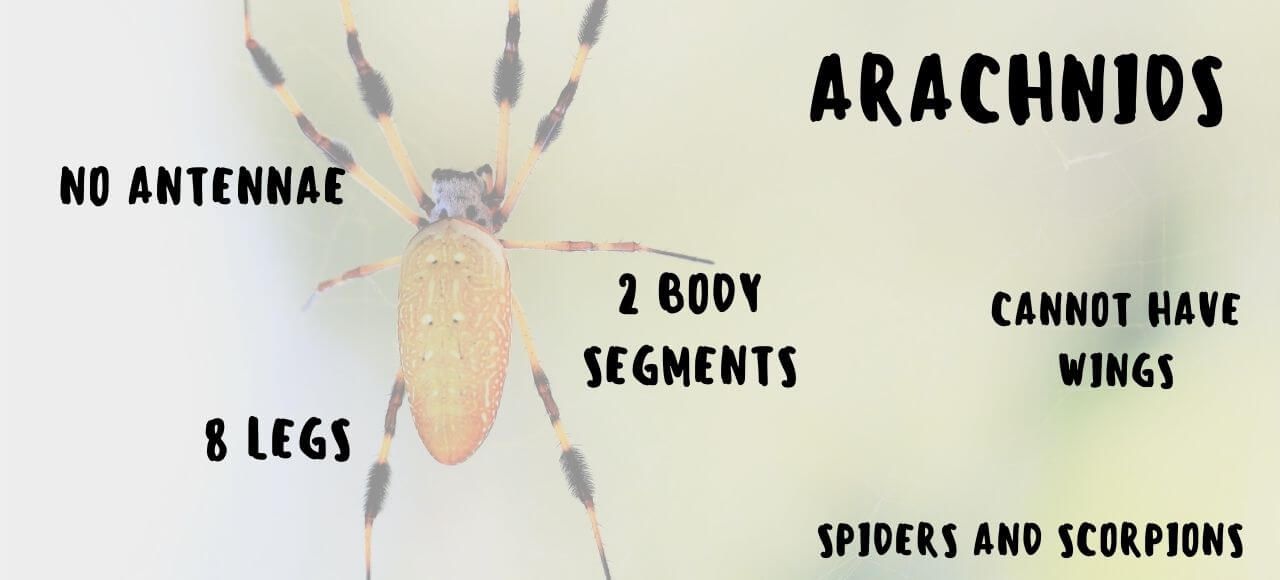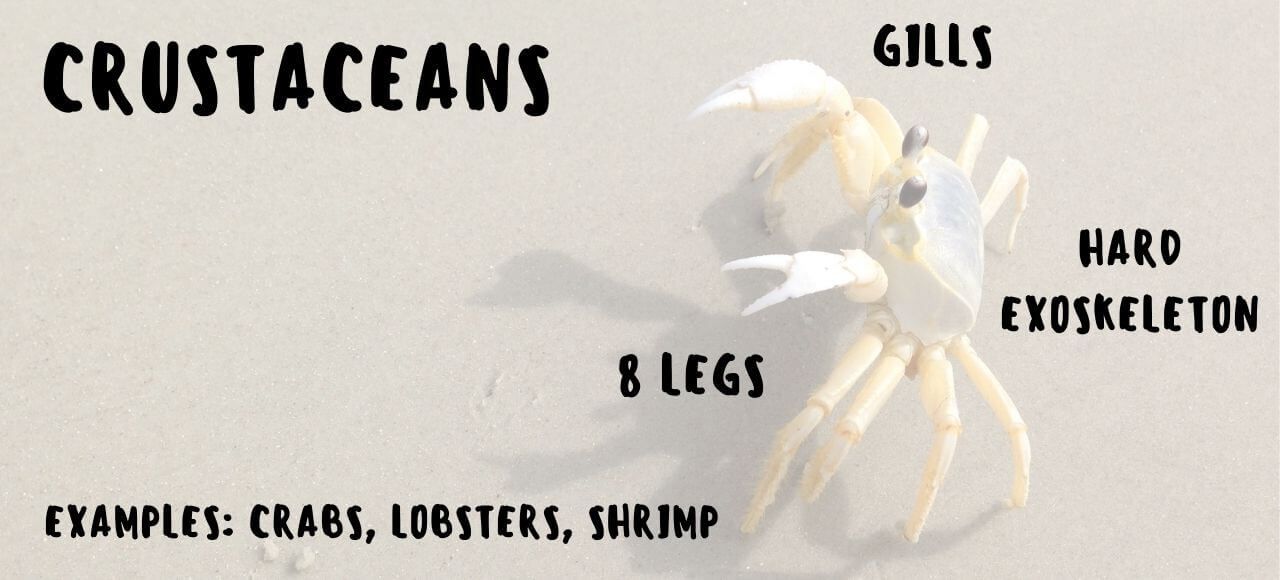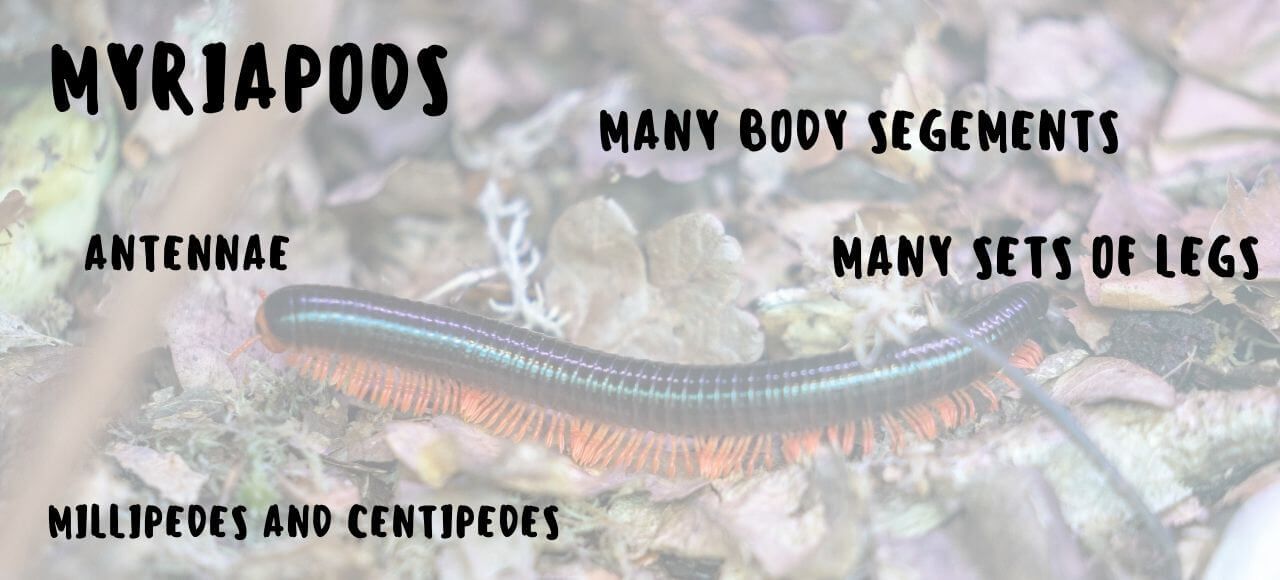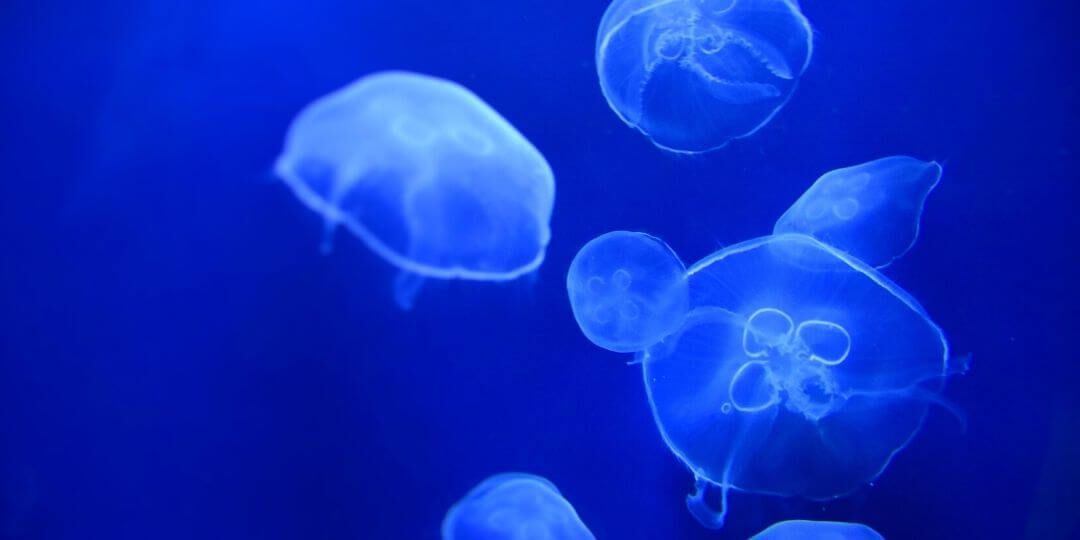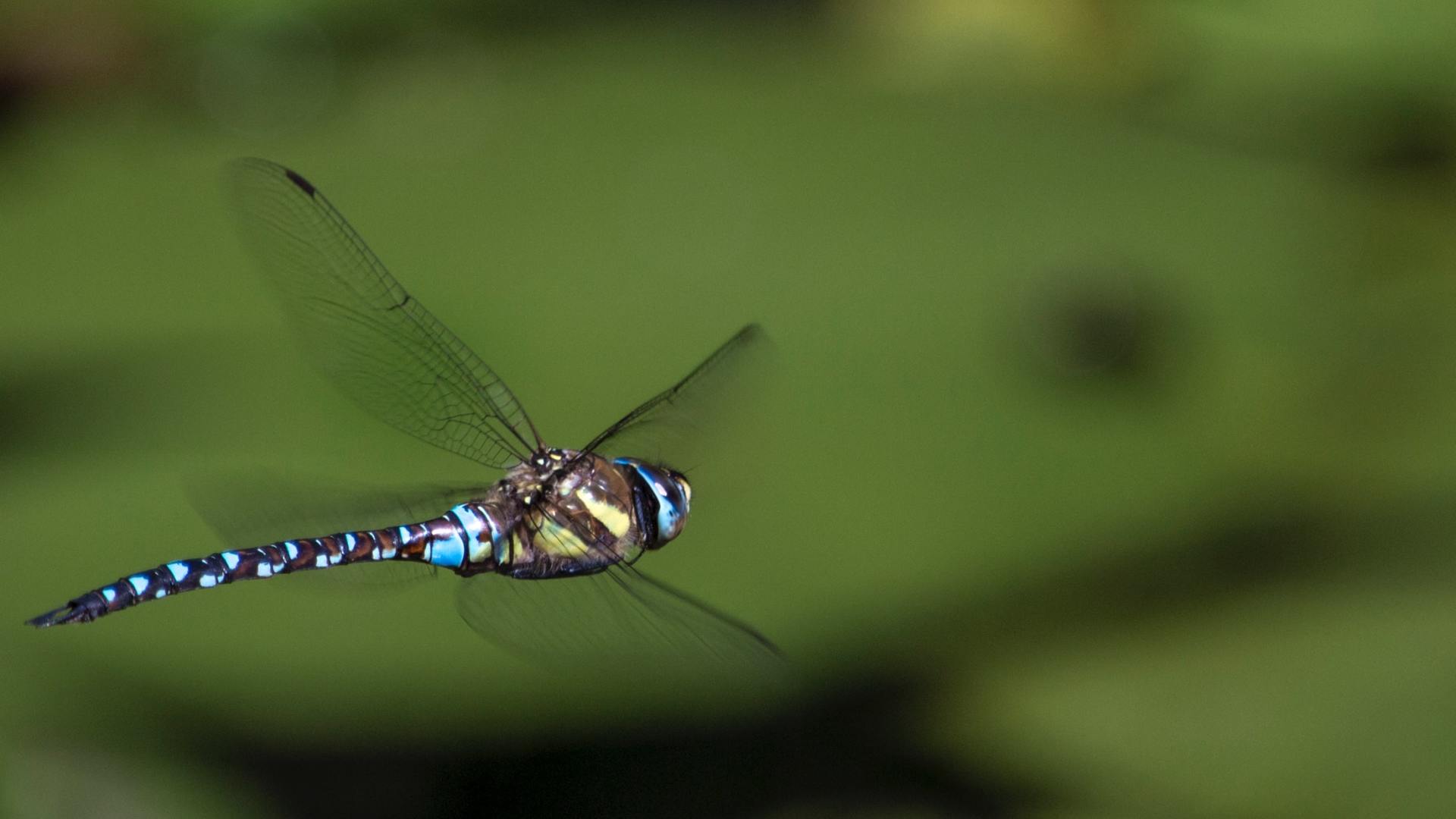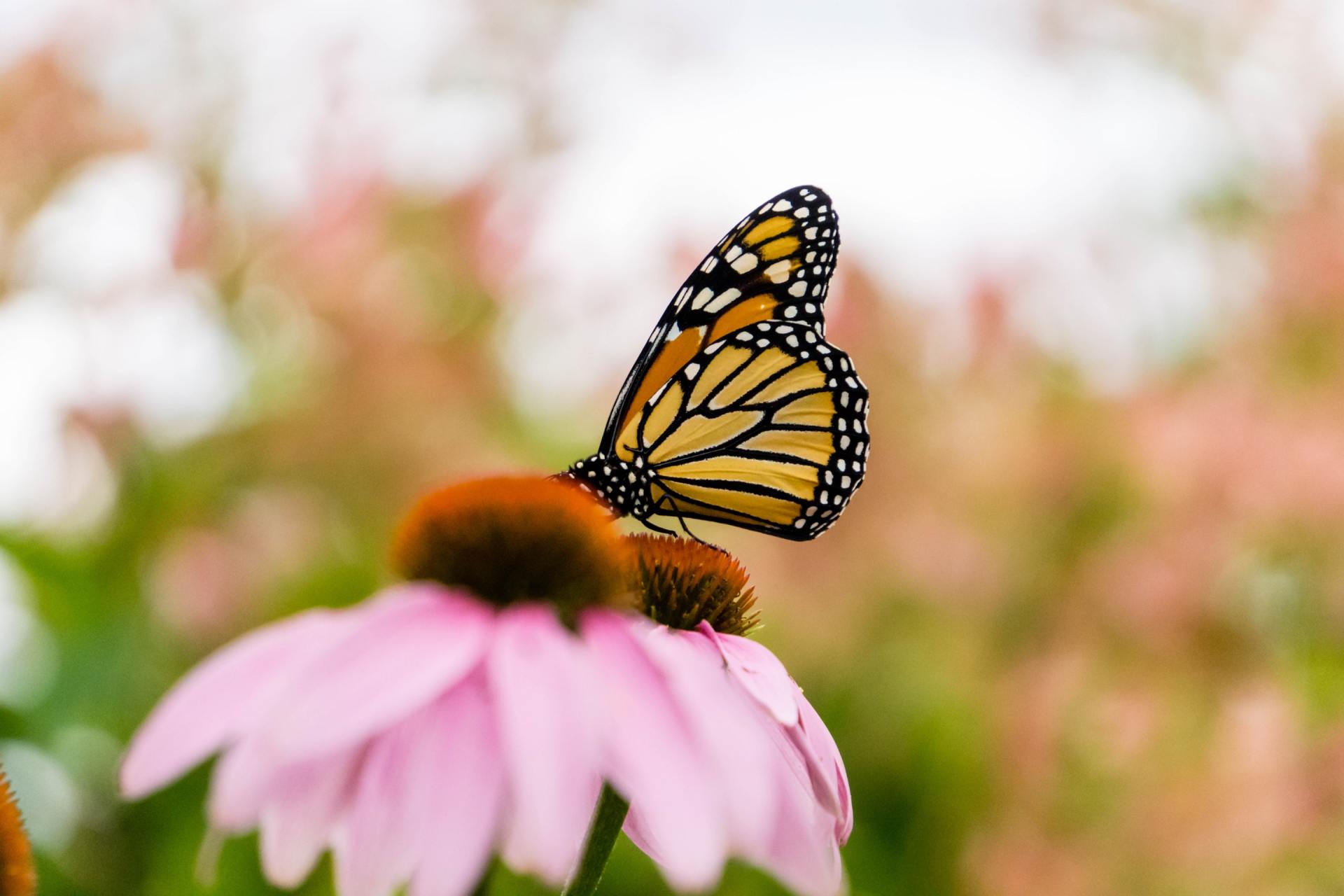Invertebrates

What Makes an Invertebrate an Invertebrate?
Crabs
Monarch Butterfly
Sea Stars
Word of the Week
Exoskeleton
An exoskeleton is a hard exterior that many invertebrates use for protection and support.
On many invertebrates, like crabs and lobsters, the exoskeleton is a hard shell while on other invertebrates, like insects, the exoskeleton might not be as noticeable!
Species Spotlight
Giant Desert Centipede
Scolopendra heros
Giant desert centipedes are the largest centipede in North America sometimes reaching 8-inches in length! They are found throughout the American Southwest in desert habitats and rocky areas. Like all centipedes, the giant desert centipede is a carnivore. They catch small animals, like mice, lizards, and frogs, using their large fangs to inject venom into prey. These centipedes can even grab flying insects right out of the air! They do most of their hunting at nighttime and spend the day hiding underground or under rocks or logs.
Giant desert centipedes come in many colors! Their bodies can be any combination of red, black, and yellow and usually have bright yellow legs. Giant desert centipedes molt their exoskeleton to grow, which means they shed the outer layer of their hard outer coating. Each time a centipede molts, it develops a new pair of legs. Giant desert centipedes make a yummy meal for animals like birds, coyotes, and even bobcats! Centipedes don’t always have the best reputation, but they play an important role in the environment by being both prey and predator.
Conservation Corner
Making a Bug Friendly Yard
While we may not always picture bugs as the cutest animals in the neighborhood, there are many reasons to want bugs in your yard! While some bugs, like aphids and weevils, can be a pain in the garden, other bugs, like lady bugs, praying mantises, and robber flies help remove those bugs by eating them! Spiders and scorpions also keep pest populations from growing. Earthworms and millipedes are decomposers, so they are also helpful in your yard! They eat dead leaves and flowers and turn them into nutrients that plants use to grow. Bees and butterflies are pollinators and are important for wildflowers and other flowering plants in your neighborhood.
You can make a bug-friendly yard by planting native plants that bugs can eat and call home. You can build or buy "bee houses" to place near your garden to encourage pollination! You can also place small rocks in a shallow water dish that gives bees and other bugs somewhere to stand while drinking water. Making your yard bug-friendly is great for more than just bugs; birds and other bug-eating animals will thank you, too.
BRAIN BLAST
What bugs live in your neighborhood? Research what types of bugs are found in your habitat and describe how you can support them!
Vertebrate or Invertebrate?
Invertebrates are the most diverse group of animals that exist having more than one million species! Test your invertebrate knowledge by identifying if the animals below are vertebrates or invertebrates.
Arthropod Adventure
Arthropods are a group of invertebrates that includes insects, arachnids, crustaceans, and myriapods! Learn a little bit more about each by clicking through the slides below!
Now that we know a little bit more about arthropods, let's test our knowledge! For each question below, identify the species that belongs to the specific arthropod group.
Invertebrate Challenge
Have you mastered your arachnid and insect facts? It's time to test your knowledge! Flip over the tiles below to find the matching pairs.
Our Favorite Invertebrate Videos
Glossary
Adaptation
The process by which a species becomes more fit for its environment over the course of several generations. It is a result of natural selection.
Annelid
A group of invertebrates with more than 20,000 species of segmented worms.
Arthropod
A large group of invertebrates consisting of insects, arachnids, myriapods, and crustaceans.
Aquatic
Living in water.
Camouflage
The ability for an organism to blend into their surroundings usually to hide from prey or predators.
Cnidarian
A group of invertebrates with more than 10,000 species of jellyfish, coral, and close relatives that all have stinging cells.
Decomposer
An organism that breaks down dead matter and returns nutrients to the environment.
Exoskeleton
A hard exterior that supports and protects many species of invertebrates.
Invertebrate
An animal that has no bones.
Metamorphosis
The process of an animal changing and developing from an egg to an adult through different life phases.
Mollusk
The second-largest group of invertebrates with more than 80,000 species of octopuses, mussels, snails, and slugs.
Ocean Acidification
The process of the ocean becoming more acidic by absorbing excess carbon from the atmosphere.
Opportunistic Hunter
An animal that is capable of eating many different organisms and will adjust its diet based on what is easily available.
Poison
A toxin that is harmful when touched or eaten and is often produced through glands.
Pollution
Chemicals or other toxins introduced into the environment that cause harm.
Pollination
The movement of pollen from the male part of a plant (anther) to the female part (stigma) to make fertile seeds.
Predator
An animal that hunts other animals for food.
Prey
An animal that is hunted and eaten by another animal.
Species
A closely related group of animals with similar characteristics that are capable of reproducing (example: tigers).
Subspecies
A group of animals within a species that are genetically different from other groups in the same species (there are 6 subspecies of tigers).
Terrestrial
Living on Earth (on the ground).
Venom
A toxin that is injected into prey through teeth or a stinger.
Vertebrate
An animal that has a backbone.

